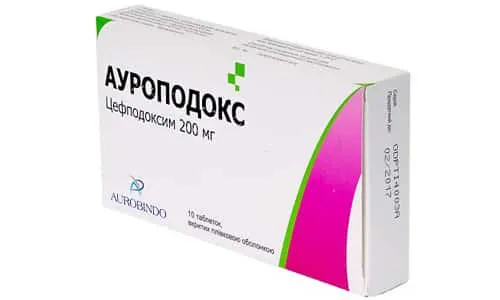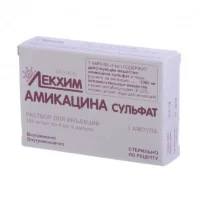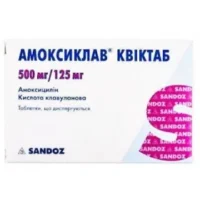Description
Auropodox (Cefpodoxime) Coated Tablets 200 mg. №10
Composition
Active ingredient: Cefpodoxime proxetil 200 mg.
Other ingredients: Microcrystalline cellulose, croscarmellose sodium, magnesium stearate, hypromellose, titanium dioxide, polyethylene glycol.
Mechanism of Action
The pharmacological effects of cefpodoxime involve its ability to interfere with the synthesis of the bacterial cell wall, leading to cell death. This mechanism of action makes cefpodoxime effective against a broad spectrum of bacteria.
Indications for Use
Auropodox (Cefpodoxime) coated tablets are indicated for the treatment of various bacterial infections such as respiratory tract infections, skin and soft tissue infections, urinary tract infections, and more.
Contraindications
Do not use Auropodox (Cefpodoxime) tablets if:
- You are allergic to cefpodoxime or other cephalosporin antibiotics.
- You have a history of severe allergic reactions to penicillin or other beta-lactam antibiotics.
Side Effects
Common side effects of Auropodox (Cefpodoxime) tablets may include gastrointestinal disturbances, allergic reactions, and skin rashes. Consult your healthcare provider if you experience any adverse effects.
Usage Instructions
Adults: The usual dose is 200 mg twice daily.
Children: Dosage is based on weight. Consult a healthcare provider for appropriate dosing.
Directions: Take Auropodox (Cefpodoxime) tablets as prescribed by your healthcare provider. Swallow the tablet whole with a full glass of water. It can be taken with or without food.
Benefits Compared to Analogues
Clinical trials have shown that Auropodox (Cefpodoxime) tablets are comparable in efficacy to other commonly used antibiotics in the treatment of respiratory and urinary tract infections. The convenience of twice-daily dosing and the favorable safety profile make it a preferred choice in many clinical settings.
Suitable Patient Groups
Auropodox (Cefpodoxime) tablets are suitable for use in both adult and pediatric populations. Dosage adjustments may be necessary based on age and weight.
Storage and Shelf Life
Store Auropodox (Cefpodoxime) tablets in a cool, dry place away from direct sunlight. Keep the tablets in their original packaging to protect them from moisture. Check the expiration date on the packaging and do not use the tablets if expired.
Packaging Description
Auropodox (Cefpodoxime) tablets are available in blister packs containing 10 tablets each. The packaging is designed to maintain the stability and integrity of the tablets until use.





